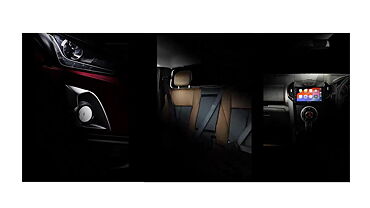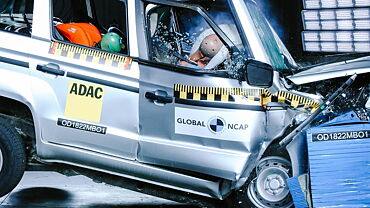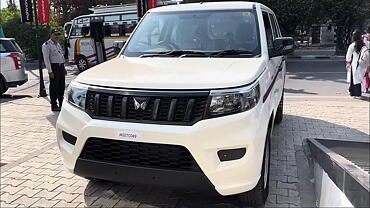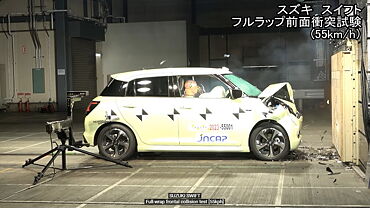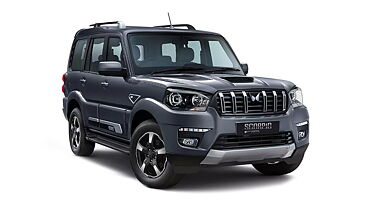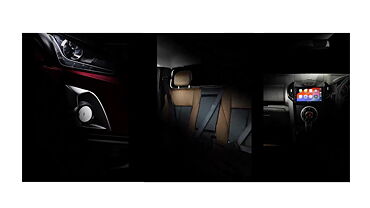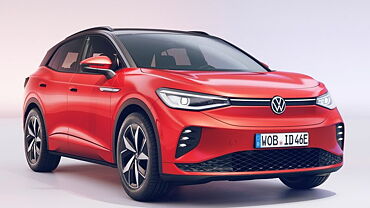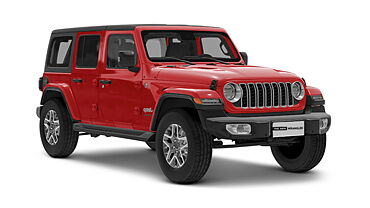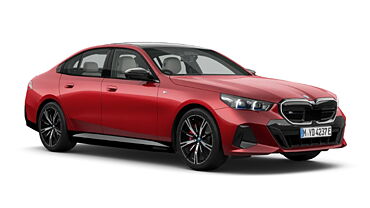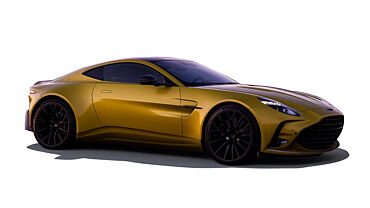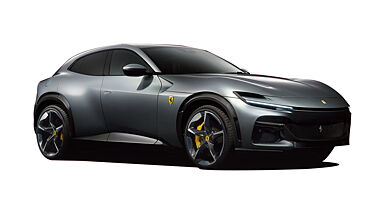With the advancement in automobile technology, almost all the cars at present are being provided with crumpled zones to ensure maximum safety of the occupants. Crumple Zone, also called crush zone, is that specific area of a car that get deformed or bent in case of a collision or adversity. These zones get deformed after absorbing most of the energy of the collision and preventing any damage at the inside of the car. Mostly, the crush zones of big sedans and Sports Utility Vehicles (SUVs) are considered more reliable but at present many small cars are also showing the same feature. This is among the most important safety features of the car and reduces the risk of damage in case of any adversity.
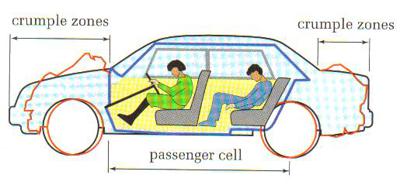
All the new cars these days are being provided with crumple zone in compliance with the safety regulations of the auto makers. It was considered earlier that the crush zones of small cars are not that durable and might offer harm to the passengers. However, the latest technical advancement has allowed the auto makers to fit the compact cars with a framed structure or an alloy beneath the crush zones. The inclusion of such materials allows the car to absorb as much kinetic energy as it can during a collision. Interestingly, there are a number of theories in the world contradicting the crush zone ideology but it is still being followed worldwide by every car maker.
Crumple zones follow the basic rule of physics and was first introduced to the world during 1950 by a Daimler-Benz engineer, called Bela Barenyi. The crush zones are designed as per Newton’s law of physics, which states that the force experienced by any moving body is equal to the mass of the body multiplied by its acceleration. This means that the impact of force can be reduced if somehow the time if collision is reduced. The same is done by the crush zones, which are placed at the front and rear of the car, and help in delaying the real impact of collision by deforming.
The crush zones of small cars are also designed in such a manner that the real impact of collision is delayed to an extent. The passenger cabin of the new cars, be it compact or sedan, are outlined with solid bars and beams, which absorb the impact of any adversity. The crush zones work on the outside of the body and the strong bars work at the inside to prevent any damage to the occupants. People who are planning to buy new vehicles should first compare cars to see how strong their crush zone is.
Furthermore, those who are inclined towards a second-hand model should always consider buying certified used cars. The reason for this is that the certified used car sellers check the vehicle properly before selling. Locally sold cars can have damaged crush zones and might give rise to a problem during the later stages. Safety measures should be considered properly before purchasing new cars or old models so as to avoid any unexpected occurrence in the future.



